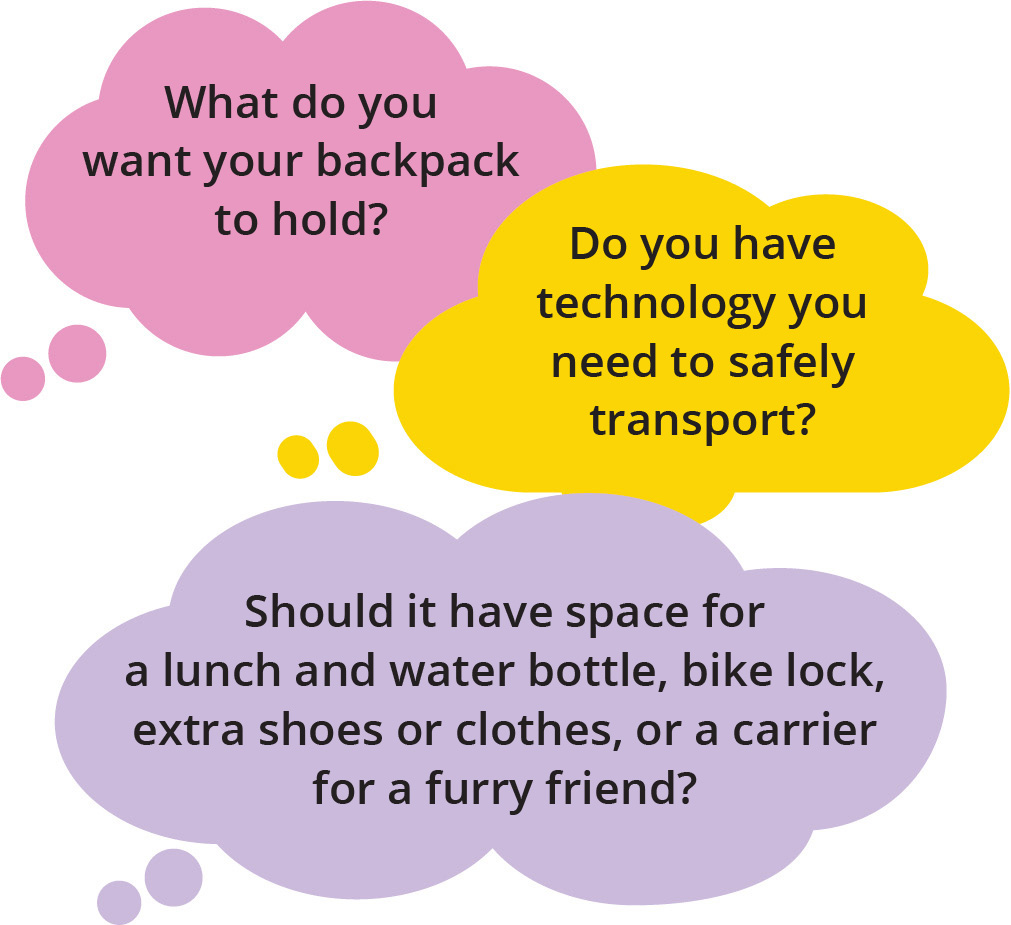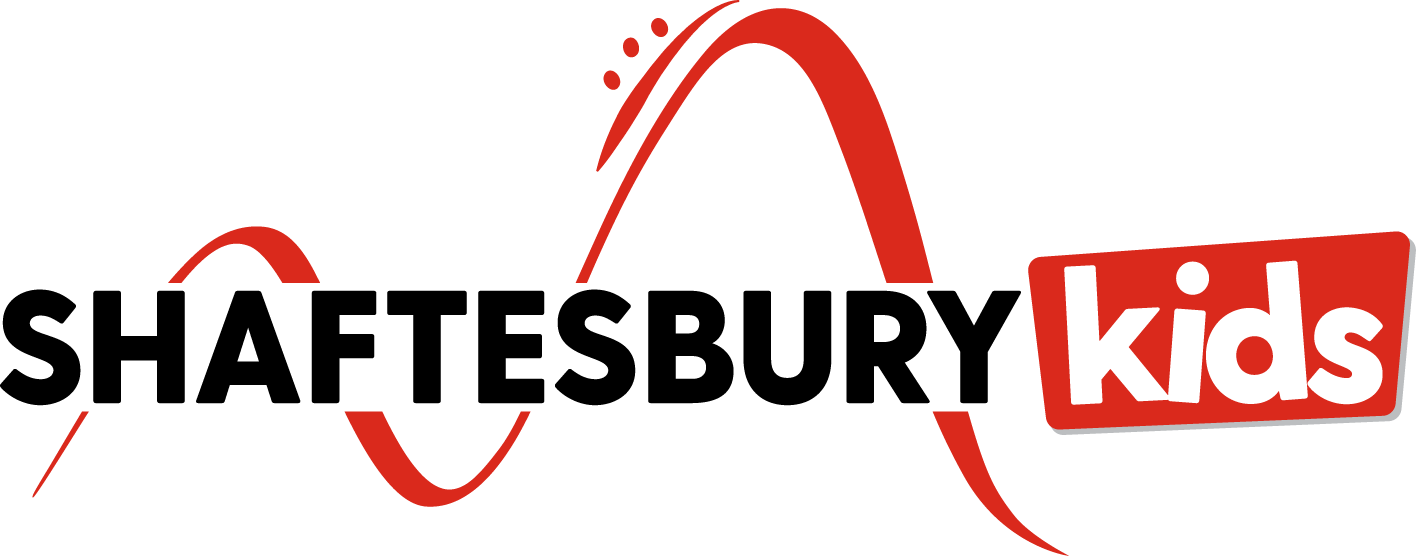The Solutioneers Week 2: Ready to Roll

Screen shot from Solutioneers Episode 2

Screen shot from Solutioneers Episode 2
How does this align with my curriculum?
This week's episodes and hands-on activity explore re-engineering.
BACK TO THE SOLUTIONEERS HOME PAGE
On this episode of Solutioneers, when Kat suggests the Solutioneers have to do something different for the National STEAM Speak competition, the team takes inspiration from previous examples of re-engineering, such as Galileo’s telescope, to modify their project idea instead of losing all the work they have done so far.
On Maker Space, David, Lilly and Burva try to conquer the difficult terrains on Mars, by exploring which EZRobot will have the best chance to move across the terrain successfully and which programming commands will get their EZ-Robot the farthest.
And on Future Minds, meet David Vidican, who has created reflective materials for bikers and skateboarders and UV lights for cars. The UV lights make the reflective material light up to aid night driving.
Now it's your turn!

Is your backpack a big jumbled mess? Does your recharging cord get wrapped around your indoor shoes? If you could build a better backpack, how would you change it? Using your backpack or school bag as a starting point, design and build a new and improved bag to meet all your needs.
Download the activity as a [PDF]
WHAT DO YOU NEED?
- a backpack
- Designing materials: pencil, paper, pencil crayons, markers, etc.
- Building materials: found or recycled containers, plastic bags, scrap fabric, fun foam, string, felt, etc.
- Fasteners: glue, tape, needle and thread, Velcro™, brass fasteners, staples, pipe cleaners, twist ties, etc.
- Optional Items: insulating materials, decorative materials, safety-related materials, etc.
WHAT DO YOU DO?
- Brainstorm all the features you think your backpack needs. These “must haves” and “must dos” will become your Testing Criteria for the new design in Step 4.
- Design your backpack by making a labelled drawing.
- Build the changes into the backpack.
- Test and modify your design. Use the Design Testing Checklist to help with this.
Does your backpack hold everything it needs to?
Is it comfortable?
Would it change your balance if you were on a bike?
How could it be even better?

BACKPACK DESIGN TESTING CHECKLIST
-
List all the criteria you want your backpack to meet from Step 1. For example, Has a separate pocket to neatly store phone charging cord.
-
Check off each criteria that your backpack meets. For example, I am still able to balance my bike with my full backpack.
-
Determine the changes needed (modifications) to improve the design. For example, Add tie straps to hold the pack to my waist when I am biking.
| Testing Criteria | √ / x | Changes Needed | √ / x |
|---|---|---|---|
|
EXAMPLE: Has a separate pocket to neatly store phone charging cord. |
√ | Yes, but move it to an easier to reach place on the backpack. | √ |
| EXAMPLE: I am still able to balance my bike with my full backpack. | x | Add tie straps to hold the pack to my waist when I am biking. | x |
WHAT’S THE POINT?
The process of changing and improving the design of a product or system is called re-engineering. By changing the design of a backpack to add new features you are re-engineering the pack. Technological innovations and the invention of new materials can lead to the re-engineering of products. The invention of Velcro™ in the 1950s dramatically changed the design of space suits. This new fastener made it much easier for astronauts to get in and out their bulky space suits. Soon after, it was incorporated into ski suits and scuba gear, and today it is widely used in the design of clothing, footwear, and even backpacks!
IS RE-ENGINEERING EVER REALLY FINISHED?
The backpack can always be improved as you find problems you didn’t think of at first, and as you use it or try it out in new situations. This is the life of a designer - new insights from users arise as products are used and new iterations are produced in response. Can you think of how many updates you make to your mobile device or computer in a year?
WHAT ELSE?
Check out these cool careers that involve product design:
- Sagarika Paul: Customer Service and Product Design Coordinator, ArcelorMittal Dofasco (Career Profile Video)
- Abigail MacEachern: Design Manager (Career Profile)
- Tegan Mierle: Product Designer (Career Profile)
Try these other engineering challenges:
- How can I engineer a raft so that it holds the most weight? (Hands-on Activity)
- How tall can you build a marshmallow structure that will support weight? (Hands-on Activity)
Partner
With over 114 hours of award-winning kids & family programming, including Kids Emmy Award®-winning series Dark Oracle, and the long-running hit series Life with Derek - alongside family movies featuring some of Canada’s best and brightest stars including Tatiana Maslany, Ellen Page and Sandra Oh, Shaftesbury’s growing slate of kids and family co-viewing programming brings fresh content to a new generation of tween and young adult viewers across all platforms.
